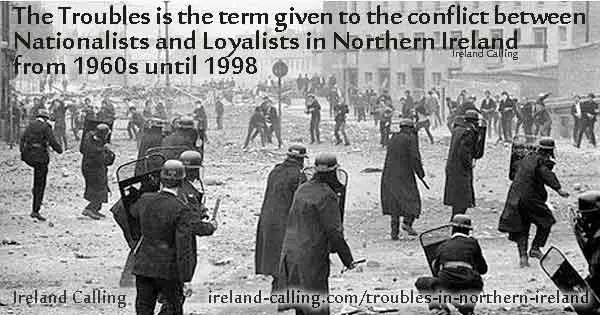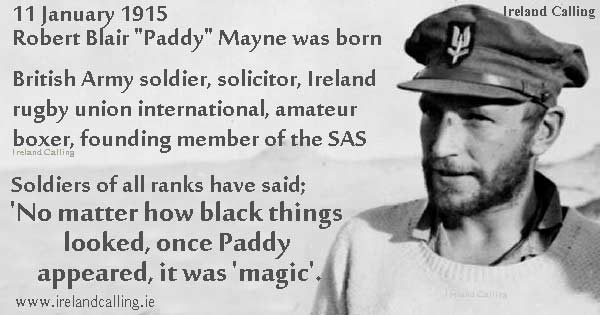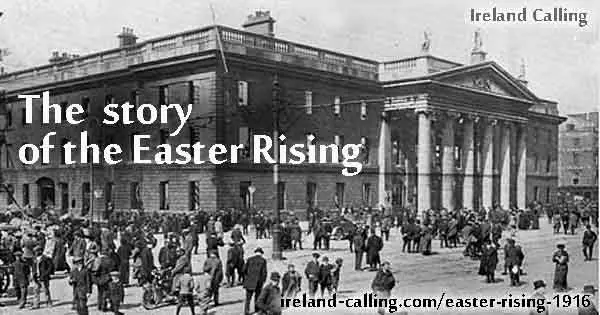january-top.html
 1775 On this day in 1775, Luis De Lacy, one of the most remarkable soldiers in European history, was born in Cadiz, Spain. The De Lacy family originally came from Limerick, but produced several militant heroes throughout Europe. Luis’ father Patrick, was an officer in the Irish Ultonia regiment of the Spanish army.
1775 On this day in 1775, Luis De Lacy, one of the most remarkable soldiers in European history, was born in Cadiz, Spain. The De Lacy family originally came from Limerick, but produced several militant heroes throughout Europe. Luis’ father Patrick, was an officer in the Irish Ultonia regiment of the Spanish army.
Luis’ eventful military career began when he joined his father’s regiment at the age of 14. He injured the governor of the Canary Islands during a duel. As this was a Spanish territory he was court martialled and kicked out of the country.
He moved to France and was introduced to Napoleon who made him a captain of the Irish legion of the French army. When France invaded Spain in 1807, De Lacy realised he couldn’t fight against the country of his birth. He escaped by disguising himself as a woman, and turned himself over to the Spanish authorities. Rather than being imprisoned, De Lacy was made colonel and fought bravely against the French to defend his homeland.
After the war with France, Spain’s former King Ferdinand VII returned and took control again. Ferdinand was a titan and had little care or respect for the people he ruled. De Lacy travelled the country to gather support for an uprising. He was on the verge of building an army that could topple the king when his plans were discovered and he was arrested.
He was executed in 1817. Just three years later the uprising he had planned took place and Ferdinand was overthrown. De Lacy’s body was exhumed and buried in Barcelona with military honours. The new king attended the funeral procession and honoured De Lacy with the title of Duke of Ultonia (Ulster).
* * *
1836 George Sigerson was born on this day in County Tyrone in 1836. He was a leading physician and writer in Ireland. He was part of the Irish Literary Revival of late 19th century in Ireland.

He also has a Gaelic football cup named after him (the Sigerson Cup), after he donated the money to buy the original trophy for an Inter-collegiate Gaelic Football competition in 1911 – it is one of the oldest sporting awards in Irish history. The Sigerson Cup is the trophy for the premier Gaelic Football Championship among the Universities, Colleges and Institutes of Technology in Ireland.

The cup is in the shape of a mether, an ancient Irish drinking vessel. It has four handles representing the four provinces of Ireland – Connacht, Leinster, Munster, and Ulster. The University College Cork was the first tournament winner, and the Cup was presented to them on 12 May 1911.
The original cup is in the GAA Museum, Dublin. A replica cup is now presented to the winning team.
* * *
1915 Robert Blair “Paddy” Mayne was born in Newtownards. He excelled at most things he attempted. While at Queen’s University, Belfast, he took up boxing, and became the Irish Universities Heavyweight Boxing Champion in August 1936. He gained his first Ireland cap for rugby in 1937. In 1938, he joined the British Lions tour to South Africa. A South African newspaper stated Mayne was “outstanding in a pack which gamely and untiringly stood up to the tremendous task”.

At the outbreak of WW2, he received a commission in the Royal Artillery. Due to his outstanding leadership and success in the early part of WW II, he was recruited him as one of the early members of the Special Air Service (SAS). From November 1941 till the end of 1942, Mayne took part in night raids deep behind enemy lines in the deserts of Egypt and Libya. It was said that he personally destroyed up to 100 enemy aircraft.
In January 1944, he was promoted to lieutenant colonel and appointed commanding officer of the re-formed 1st SAS Regiment. In France, he trained and worked with the French Resistance. He led the SAS through the final campaigns of the war in France, the Netherlands, Belgium, Germany and Norway, and achieved such striking successes.
He became one of the British Army’s most highly decorated soldiers and received the Distinguished Service Order with three bars. The French Government awarded him the Legion d’honneur and the Croix de Guerre. Some have referred to his ability as being that of ‘soldierly genius’.
Victoria Cross
 He was awarded the Victoria Cross in 1945, but it was downgraded six months later to a third bar DSO. There is a continuing appeal to have the Victoria Cross reinstated to Mayne. A Motion put before the House of Commons in June 2005 and supported by more than 100 MPs also stated that:
He was awarded the Victoria Cross in 1945, but it was downgraded six months later to a third bar DSO. There is a continuing appeal to have the Victoria Cross reinstated to Mayne. A Motion put before the House of Commons in June 2005 and supported by more than 100 MPs also stated that:
“This House recognises the grave injustice meted out to Lt Col Paddy Mayne, of 1st SAS, who won the Victoria Cross at Oldenburg in North West Germany on 9th April 1945; notes that this was subsequently downgraded, some six months later, to a third bar DSO, that the citation had been clearly altered and that David Stirling, founder of the SAS has confirmed that there was considerable prejudice towards Mayne and that King George VI enquired why the Victoria Cross had ‘so strangely eluded him’. …
… we call upon the Government to act without delay to reinstate the Victoria Cross given for exceptional personal courage and leadership of the highest order and to acknowledge that Mayne’s actions on that day saved the lives of many men and greatly helped the allied advance on Berlin.”
There is a lifesize bronze statue of Blair Mayne in Conway Square, Newtownards (the town he was born).
* * *
1921 On this day in 1921, the British government, which was still trying to hold on to power in the aftermath of the 1916 Easter Rising, warned that any unauthorised person in Ireland found in possession of arms or explosives would be liable for execution.
Click here to read more about the Easter Rising
1970 On this day in 1970, the IRA split into two factions, the Official IRA and the Provisional IRA. After the Northern Ireland riots of August 1969, with fighting between the IRA and Ulster loyalists, six Catholics were killed and several Catholic buildings were destroyed.
Soldier Billy McKee accused the leader of the Belfast IRA, Billy McMillen, of insufficiently arming his men to defend themselves.
McKee tried to oust McMillen as leader but failed. Instead, he vowed he wouldn’t take orders from McMillen or the Dublin leaders any longer. McKee and other militants formed the Provisional IRA, while the existing group renamed itself the Official IRA to differentiate themselves.
Click here to find our more on The Troubles

* * *
1972 On this day in 1972, the popular poet and folk singer Padraic Colum died. He was a travelling musician and storyteller who went across Ireland from town to town. He collected old songs and stories that had never been written down, but been passed down through generations.

Colum listened to them, and wrote down the words and music, building himself a brilliant repertoire of old Irish folk tunes and tales for his own performances. One of his most famous poems was An Old Woman of the Roads, was voted Ireland’s 11th favourite poem by readers of the Irish Times in 1999.
Click here to read the full poem An Old Woman of the Roads
2002 On this day in 2002, officials announced that the population was set to surge after Ireland recorded the highest birth rates and lowest death rates in the EU over the previous 12 months.
* * *
january-bottom.html


